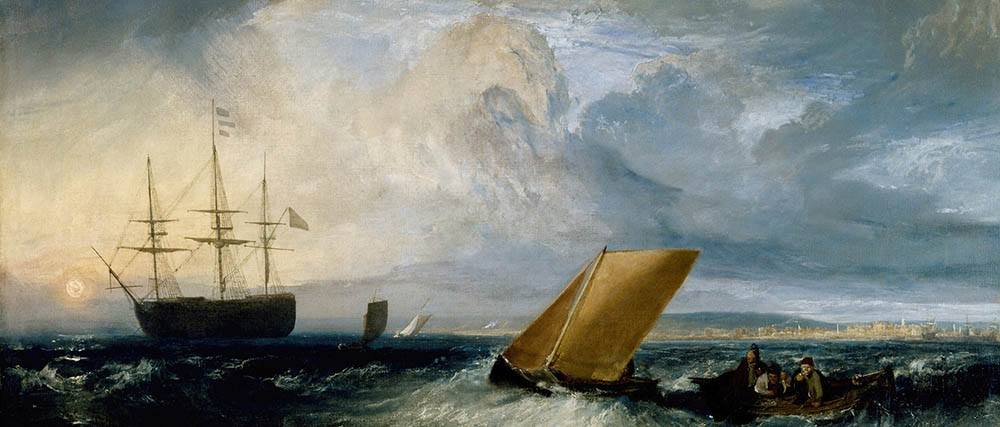The Cost of Beauty
The chief financial officer for a major company once told me, “You know you’ve arrived when you move onto the floor of the office building where they bother to hang paintings.” With an excess of wealth, one can afford the uselessness of finer things. It helps that this uselessness signals to everyone else just how much you can afford. I’m told by the biologists that the peacock’s tail is so beautiful precisely because it is so impractical. By expending so much of his vital resources on an enormous display of color, the male of that species signals his virility to the female. Look how much I have spent and still survive. Just like the peacock, the rich flash their kitschy baubles as a demonstration of just how much they can waste.
From the artist’s perspective, however, one sees a much less cynical side. They see the hours spent in careful craft, and they are happy for somebody to pay. The Greeks knew better than most cultures the nobility of striving for the best and the cost of doing so. They have a saying, χαλεπὰ τὰ καλά, which means, “Difficult are the beautiful things.” In one of his best poems, W.B. Yeats reflects upon the consequences of “Adam’s Curse.” As Adam’s children, we are doomed to cultivate our existence only by the sweat of our brow. To be a poet, he says, is to labor long “stitching and unstitching” the words of a single line that “will take us hours maybe.” And yet, at the end of all this labor, the poet is “thought an idler by the noisy set.” The basic laws of supply and demand, therefore, should dictate that the best, the most time-consuming, the most refined art from the rarest genius should command the highest market price—and we should be grateful when it does.
It’s easy to mock the shallow rich when their displays make obvious the gap between their tastelessness and the objective quality of true beauty. The rotting animals of Damien Hirst come to mind, or the exorbitantly expensive colored dots that he doesn’t even paint himself. Mockery can be consoling.
But poor taste and money do not go so tightly together as those without money would sometimes like to believe. There are many lovely people who also happen to be wealthy and who nevertheless strive to cultivate their taste toward objective beauty. Indeed, there is a reason why gaudy displays of poor taste are associated with the nouveau riche. Once the desperate need to tell the world of one’s newfound success dies down, a rich person is just as likely as anyone else to seek a little real culture—perhaps more likely because he has the means—and the history of art has benefited immeasurably from such people’s patronage.
In any case, rich or poor, I have one splendid reality that confronts us all every single day and gives the lie to the idea that beautiful things must be expensive. Every morning the sky shows its face, smiling simply in bright blues or flirting coyly in wisps of white. Sometimes it downright sulks in gloomy greys, or blasts its anger in overwhelming tempest blacks. Every day it is a new, original painting, superior to those of any historical artist you care to mention. What is more, these paintings can be glimpsed by nearly any person, anywhere, for free. Things must have become truly bleak in your circumstances if you cannot see the sky.

The cost of entry to this exquisite gallery is the tiniest physical cost there is—a mere twitching of the smallest muscles behind the eye—but the spiritual cost is what makes the gallery an elite, exclusive institution. One must pay with one’s desire. To enter the gallery, one must care. Like the Republic of Wisdom in the Consolation of Boethius, admission is granted as soon as you want it, and exile guaranteed as soon as you stop. With criteria so easily met, however, there are fewer members than you might imagine.
It isn’t just the sky, of course. We are surrounded by innumerable things that disclose to us the mystery of exquisite harmony buried in the heart of being. I play a little game with myself whenever I am in especially dismal places, at the mall, for instance, or at the homes of people who apparently enjoy it. I see if I can find a single object upon which I can rest my gaze, a single object worthy in itself, unfolding some perfection quietly in a corner by itself. I find a little robin outside the window, for example, or a surprising paisley on a woman’s dress. Even at the mall, I once saw some columns that were classically balanced.
I have been in the dumps before, but I have never, so soon as I have tried, been in any condition so wretched, physical or spiritual, in which beauty cannot somewhere be found for free. I’ll still pay artists for their work, of course, and I’ll still defend the high market price that the greatest works rightly command. But all this is a rather small sector in the economy of beauty after all.
